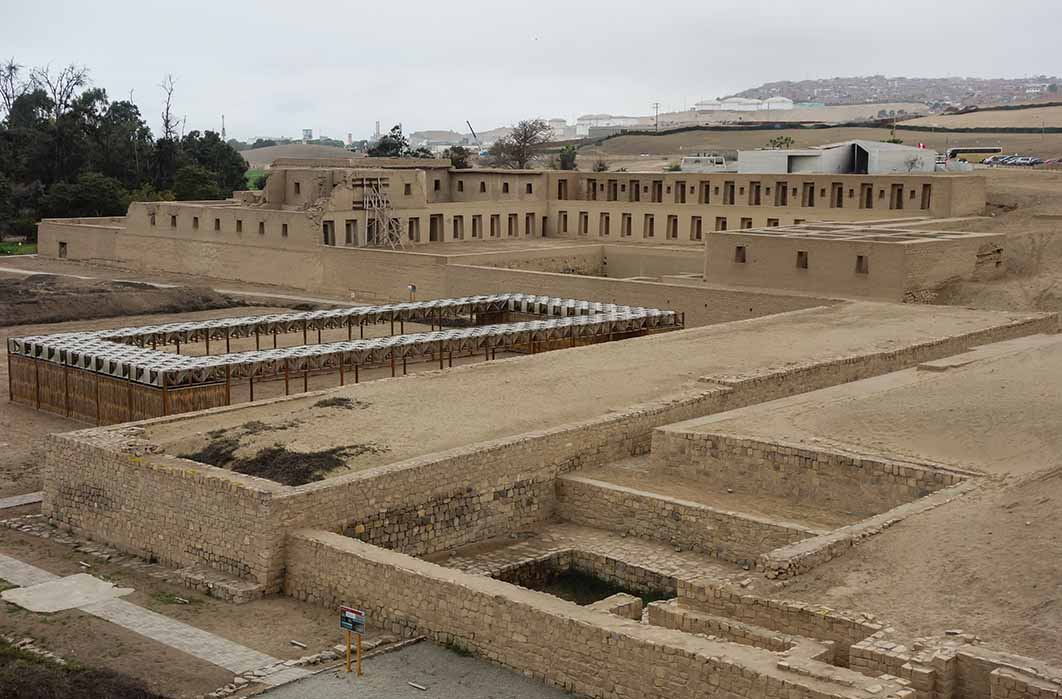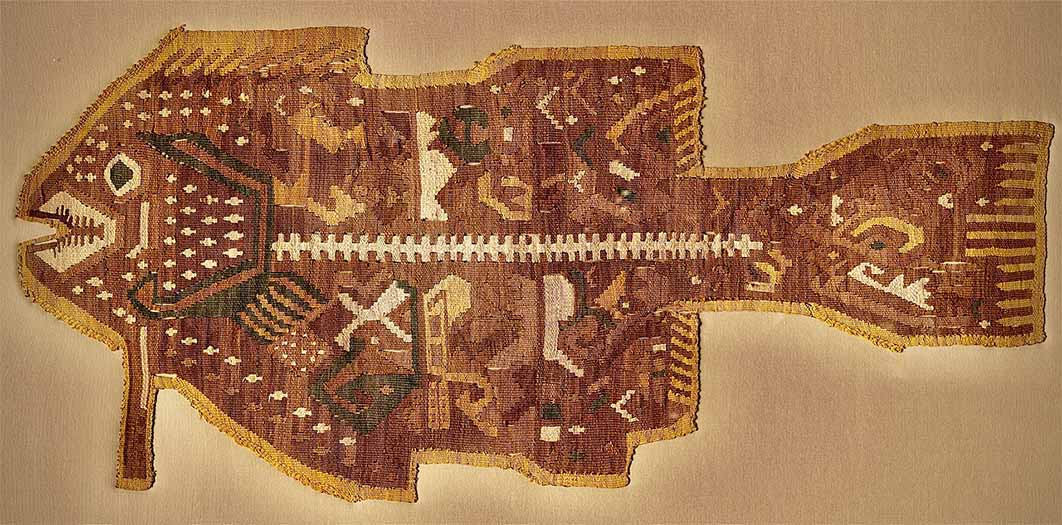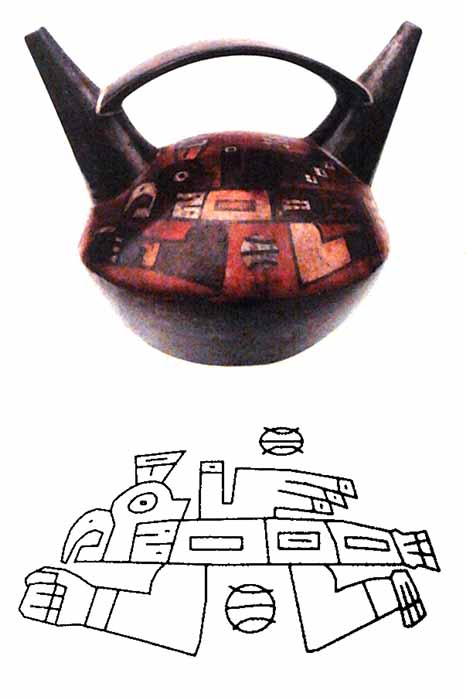
Revisiting The Oracle Of Pachacamac In Peru
Since ancient times, ubiquitous to various cultures, humankind has sought to overcome that which they cannot control, such as healing mysterious afflictions and trying to predict the veiled future, by undertaking pilgrimages to consult oracles. For Andean cultures, Pachacamac was the magnet attracting pilgrims travelling from near and far to access this sacred, energetic center.

15th century Ychsma textile, from Peru’s central coast (CC0)
The Pachacamac complex, located 40 kilometers (24 miles) from Lima, is replete with temples, palaces, pyramids, plazas, causeways, storehouses and graveyards. Grave goods such as textiles and pottery originating from different cultures, attest to pilgrims travelling far to reach it. As many scholars have noted: Pachacamac has a Pan-Andean coding. As an oracle, ceremonial and pilgrimage complex, dating back about 1,800 years ago, it had a long run, flourishing for 1,300 years. To put it into perspective on a global landscape, in Rome around 200 AD Septimus Severus was emperor; in China, Cao Cao rose to power at the end of the Han Dynasty, and the Classic Age of Maya Civilization commenced. The planet was populated by around 300-million people.
Dr. Thomas Cummins, director of Dumbarton Oaks and Professor of Pre-Columbian and Colonial Arts, Harvard University, comments: “It is one of the longest active religious centers in all of America that attracted “pilgrims” from throughout the Andes including in the Colonial period. It was invoked as the coastal sacred entity that would join in against the Spanish in a cosmic battle in Taqui Onkoy of the 1570s.”
Pacha-Kamaq Deity
The deity, Pacha-Kamaq was also associated with earthquakes. In a coastal myth, Pacha-Kamaq defeated a rival creator god who punished humans for their wickedness by stopping the rain. To the Incas, Pacha-Kamaq was the child of Inti, the powerful sun god and divine ancestor of the Inca. Viracocha was the pre-Inca creator god (assimilated into the Inca Pantheon) who also created Inti, the sun god.

The griffin deity Pacha-Kamaq (Pachacamc) on a Wari pot (Yuraqsiki/CC BY-SA 3.0)
Constructing Pachacamac
Pachacamac’s builders were the Lima Culture (200-600 AD); the Wari Culture (600-800 AD); the Ychsma Culture (1100-1470); and the Incas (1438 – 1471) until their defeat. In the 15th century, the Incas reorganized the complex, adding the Temple to the Sun, a sanctuary for the chosen women or nuns, and a patio at Pilgrim’s Square, making it an integral part of their spiritual and political life. Father Bernabe Cobo (1582-1657), the Spanish Jesuit missionary and author, wrote: “The inhabitants of the coastal plains hold that creation took place at Pachacama, a coastal town four leagues from the city of Lima. The common people consider this to be more credible because of the etymology of the name Pachacama, which means ‘creator of the world’. This name is still used today, and in this town there was a magnificent temple.” (Inca Religion and Customs).
Along with the Coricancha in Cuzco - the most important temple for the Incas –and the Islands of the Sun and Moon at Lake Titicaca, Pachacamac was one of three most important sanctuaries in the Inca Empire, Tahuantinsuyo or the four regions. In Sacred Architecture, Caroline Humphrey and Piers Vitebsky write: “A feature of some of the world’s most powerful holy sites is the repeated reworking of the architecture on the same place, as buildings are enlarged or replaced. As a holy site focuses attention on the objects and actions it contains, it can become a spiritual magnet, leading worshippers to believe in an ever-increasing accumulation of sacred power.”




